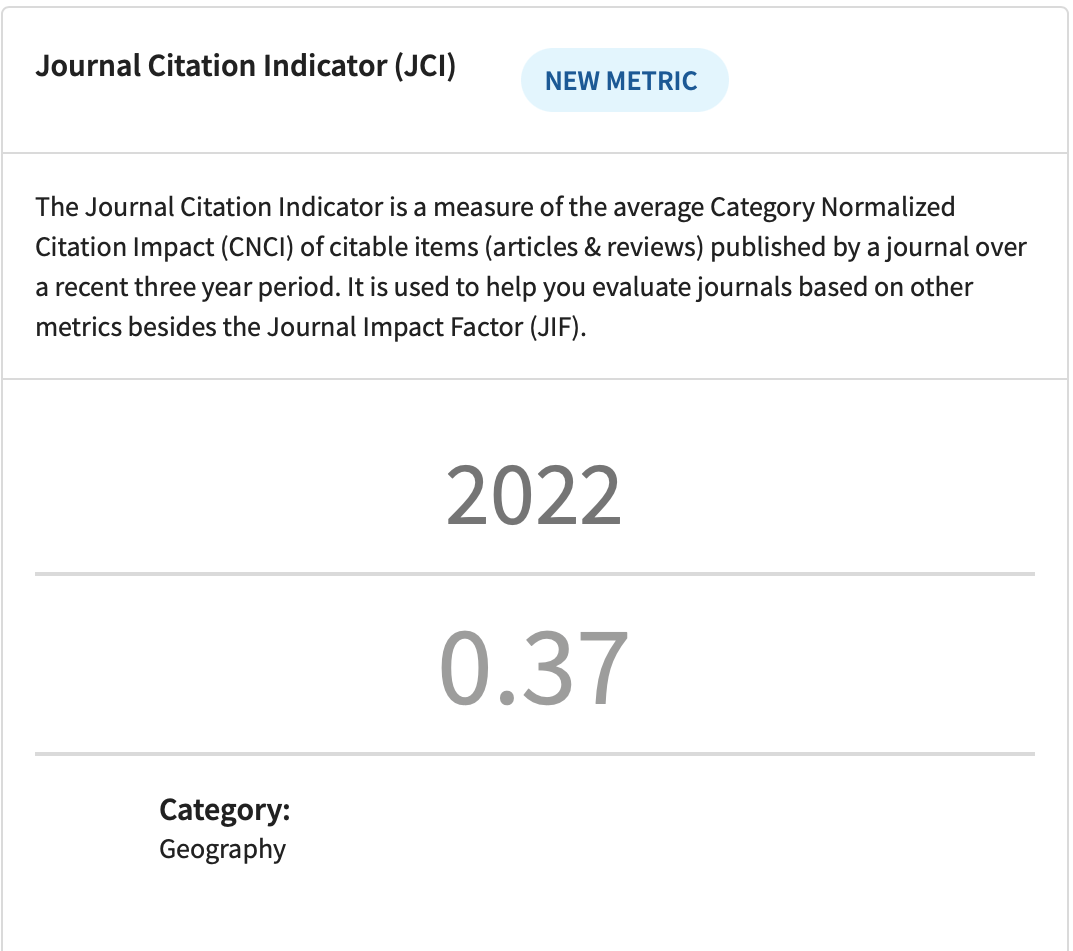THE STRUCTURE OF EMPLOYED AND UNEMPLOYED HUMAN RESOURCES IN TOURISM – THE CITY OF UŽICE CASE STUDY
DOI:
https://doi.org/10.2298/IJGI1603371MKeywords:
tourism, employed and unemployed structure, employment, UžiceAbstract
Today, tourism development cannot be imagined without the function of travel agencies and tourism organizations related to providing the information and advices. This function should be managed carefully, because providing the tourism information and advices is realized in direct contact with the client, which means that employees’ education should be correspondent to required tasks of each workplace. This paper indicates the structure of employees throughout the travel agencies and tourism organizations within the City of Užice (Western Serbia), but also the structure of unemployed human resources with tourism education in order to determine the socio-demographic structure and the share of young people in employed/unemployed category. Methods used in this paper are: survey, analysis and synthesis, statistics and comparison. Collected data were processed by using the mathematical-statistical software SPSS 17.0. Results of the study showed that females under the age of 40 are prevailing within the employees’ category, while females under the age of 30 are prevailing within the unemployed human resources.
Article metrics
References
Amoah, V. A., & Baum, T. (1997). Tourism education: policy versus practice. International Journal of Contemporary Hospitality Management, 9(1), 5–12. doi: http://dx.doi.org/10.1108/09596119710157531
Baum, T. (2007). Human resource in tourism: Still waiting for chance. Tourism Management, 28(6), 1383–1399. doi: http://dx.doi.org/10.1016/j.tourman.2007.04.005
Baum, T. (2015). Human resource in tourism: Still waiting for chance? – A 2015 reprise. Tourism Management, 50, 204–212. doi: http://dx.doi.org/10.1016/j.tourman.2015.02.001
Becker, G. S. (1993). Human Capital: A Theoretical and Empirical Analysis with Special References to Education. Chicago: University of Chicago Press.
Bešić, M. (2008). Metodologija političkih nauka sa statistikom. Beograd: Fakultet političkih nauka. Retrieved from: http://www.fpn.bg.ac.rs/wp-content/uploads/2010/03/SKRIPTA-2008-Metodologija Besic.pdf
Djuricic, M. R., & Jovanovic, M. (Eds.) (2014). Papers proceedings from MHTSPS '14: The first International Conference on Higher Education in Function of Sustainable Development of Tourism in Serbia and Western Balkans. Užice: Business and Technical College of Vocational Studies. Retrieved from: http://mhtsps.vpts.edu.rs/documents/Zbornik%20radova%20MHTSPS%20-%20za%20sajt.pdf
Jafari, J., & Var, T. (1994). Human Resources for Tourism. Annals of Tourism Research, 21(4), 847–848. Retrieved from: http://ac.els-cdn.com.proxy.kobson.nb.rs:2048/0160738394900922/1-s2.0-0160738394900922-main.pdf?_tid=d0169ff2-ac01-11e6-b794-00000aacb360&acdnat=1479303626_03ea8ba44e71c0d2de7b9bd401231a35
Jafari, J., & Sola, E. F. (1996). Human Resource Development and Quality Tourism: A Multi-Conference Report. Annals of Tourism Research, 23(1), 228–231. Retrieved from: http://ac.els-cdn.com.proxy.kobson.nb.rs:2048/0160738396814976/1-s2.0-0160738396814976-main.pdf?_tid=00719b52-ac02-11e6-b1bd-00000aab0f26&acdnat=1479303707_d13cf284609e890f0654cf206397f082
Jovičić, D. (2002). Menadžment turističkih destinacija. Beograd: Želind.
Kovačević, B. (2012). Uticaj nivoa obrazovanja na zadovoljstvo humanog kapitala u turističko-hotelijerskom poslovanju., Škola biznisa, 2, 49–59. Retrieved from: http://scindeks-clanci.ceon.rs/data/pdf/1451-6551/2012/1451-65511202049K.pdf
Liu, A., & Wall, G. (2006). Planning tourism employment: a developing country perspective. Tourism Management, 27(1), 159–170. doi: http://dx.doi.org/10.1016/j.tourman.2004.08.004
Mayaka, M., & Akama, J.S. (2007). Systems approach to tourism training and education: The Kenian case study. Tourism Management, 28(1) 298–306. doi: http://dx.doi.org/10.1016/j.tourman.2005.12.023
Pallant, J. (2011). Priručnik za preživljavanje. Pristupni vodič kroz analizu podataka pomoću programa SPSS (M. Šućur & O. Milanko, prevod četvrtog izdanja). Beograd: Mikro knjiga.
Peacock, N., & Ladkin, A. (2002). Exploring relationships between higher education and industry: a case study of a university and the local tourism industry. Industry and Higher Education 16(6), 393–401. doi: http://dx.doi.org/10.5367/000000002101296568
Poolock, A., & Ritchie, B. J. R. (1990). Integrated strategy for tourism education/training. Annals of Tourism Research, 17(4), 568–585. Retrieved from: http://ac.els-cdn.com.proxy.kobson.nb.rs:2048/016073839090028P/1-s2.0-016073839090028P-main.pdf?_tid=4ff2739c-ac05-11e6-96ae-00000aab0f27&acdnat=1479305130_13fbb2876339dee5fc4b8c2a585f286d
Solnet, D. J., Ford, R. C., Robinson, R. N. S., Ritchie, B. W. & Olsen, M. (2014). Modeling locational factors for tourism development. Annals of Tourism Research, 45, 30-45. doi: http://dx.doi.org/10.1016/j.annals.2013.11.005
Spasić, V. (2011). Poslovanje turističkih agencija i organizatora putovanja. Beograd: Univerzitet Singidunum. Retrieved from: https://singipedia.singidunum.ac.rs/izdanje/40752-poslovanje-turistickih-agencija-i-organizatora-putovanja-staro-izdanje
Szivas, E., & Riley, M. (1999). Tourism employment during economic transition. Annals of Tourism Research, 26(4), 747–771. Retrieved from: http://ac.els-cdn.com.proxy.kobson.nb.rs:2048/S0160738399000353/1-s2.0-S0160738399000353-main.pdf?_tid=75ca471a-ac06-11e6-b1ff-00000aab0f27&
acdnat=1479305622_7d65baaff39cdad60972bd3be0483c99
Todorović, B. (2012). Visoko obrazovanje u Užicu u funnkciji podsticanja razvoja privrede i turizma regiona. XVIII skup Trendovi razvoja „Internacionalizacija univerziteta“, Kopaonik 27.2.–1.3.2012, A5.1–1, 1–4. Retrieved from: http://www.trend.uns.ac.rs/stskup/trend_2012/radovi/A5-1/A5.1-1.pdf
Štetić, S., & Šalov, P. (2000). Poslovanje turističkih agencija. Beograd: Savezni centar za unapređenje hotelijerstva — ugostiteljstva.
Vujović, S., Premović, S., Premović, J & Grujić, B. (2014). Kadrovi u turizmu – specifičnosti obrazovanja kadrova u turizmu. Ekonomski vidici, 2, 1–12.
Zagonari, F. (2009). Balancing tourism education and training. International Journal of Hospitality Management, 28(1), 1–9. doi: http://dx.doi.org/10.1016/j.ijhm.2008.03.006
Downloads
Published
How to Cite
Issue
Section
License
Copyright (c) 2016 Slobodanka Marković

This work is licensed under a Creative Commons Attribution-NonCommercial-NoDerivatives 4.0 International License.











